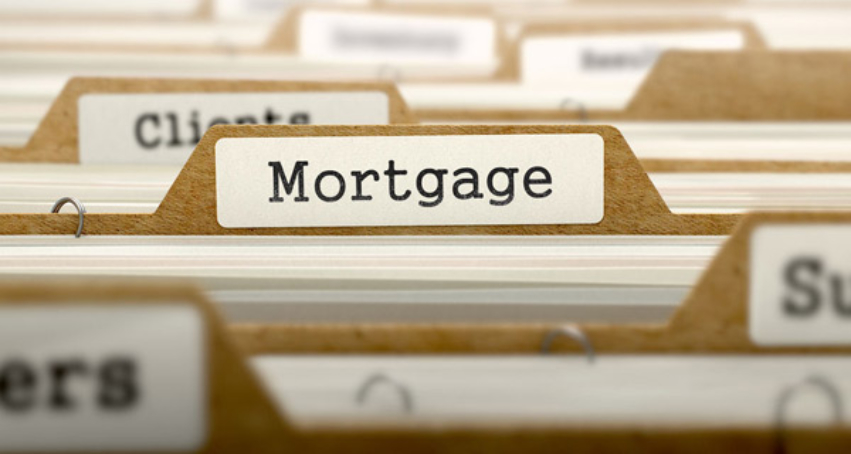March 8, 2017
 Since our last report, mortgage rates had one day of mild recovery, but yesterday rates took an upward turn. Many industry professionals are keen on next week’s Fed meeting as a potential make-or-break in terms of short-term rate trends.
Since our last report, mortgage rates had one day of mild recovery, but yesterday rates took an upward turn. Many industry professionals are keen on next week’s Fed meeting as a potential make-or-break in terms of short-term rate trends.
Will the Fed hike interest rates? What will the investor reaction to that news be if it comes to pass? These are the questions on the minds of those watching mortgage loan interest rate trends at the moment.
And until next Wednesday, all anyone can do is wait and watch. At the time of this writing, 30-year fixed rate conventional mortgages are reported at a best-execution 4.25%, borrowers have likely noticed recent rate changes reflected in closing costs rather than an actual rate change.
FHA mortgages are holding in their range between 3.75% and 4.25%, best execution. It isn’t often that we see FHA rates and conventional rates begin to mirror one another in any way, so that is something to be mindful of when shopping around for the best rate. FHA mortgages tend to vary, rate-wise, more among participating lenders than their conventional equivalents, which makes shopping for the most competitive rate a smart move.
Locking and floating advice from the professionals includes a lot of talk about risk these days. Floating, or waiting to make a mortgage loan interest rate lock commitment with your lender in hopes that rates may go lower, is never risk free. But in the current environment for mortgage rates ahead of the Fed meeting, the risk is elevated and there’s not much of a payback for taking that risk.
Rates have been moving in what the industry calls a “narrow range”, going up or down only within certain parameters. Naturally that could change in the short term depending on breaking news or other factors, so we’re talking about situations that remain fluid even as the experts declare the present to be a low-payoff situation for those willing to float.
The best way to approach floating (if you feel you must) is to set a limit on how high the rates might climb before you make the jump. It’s advice we give out a lot here, but it’s the kind that can only help if you choose to go that route.
As always, the rate information you see listed here is reported as “best execution” rates, which assume ideal conditions. Your experience may vary. These rates are not available to all borrowers or from all lenders.

